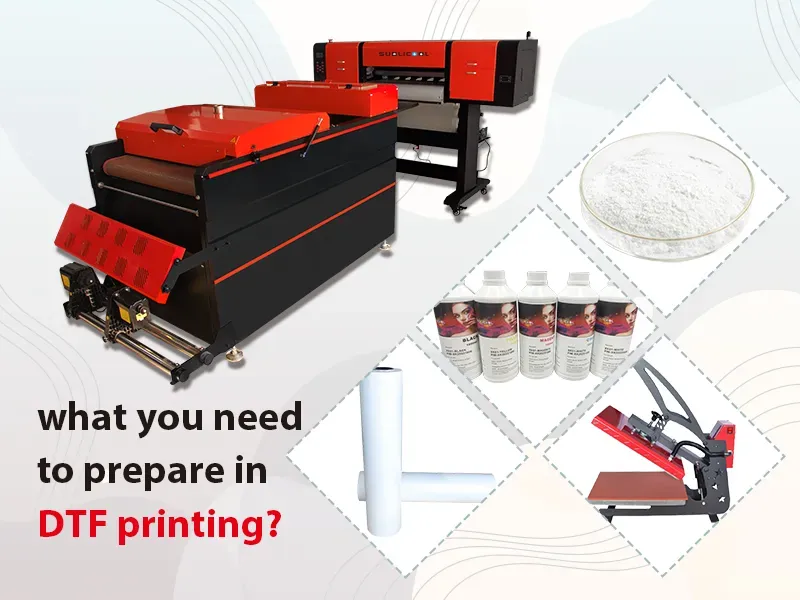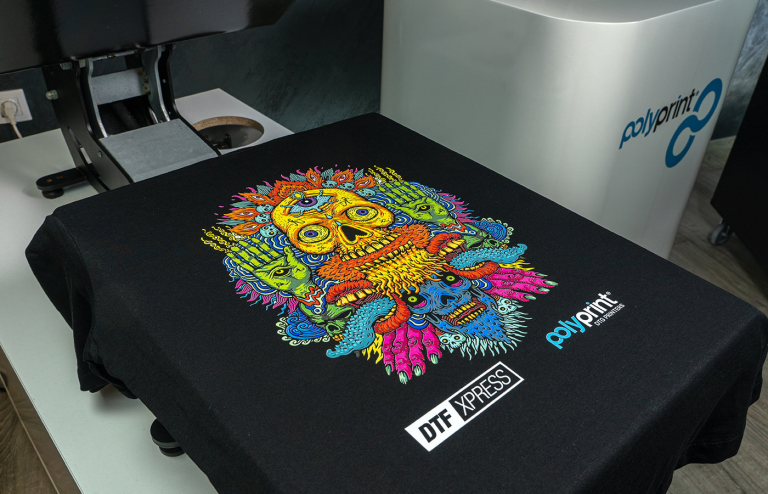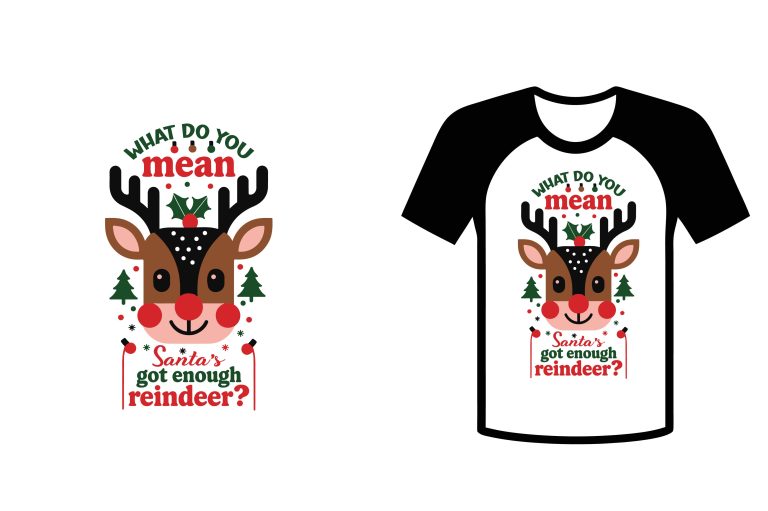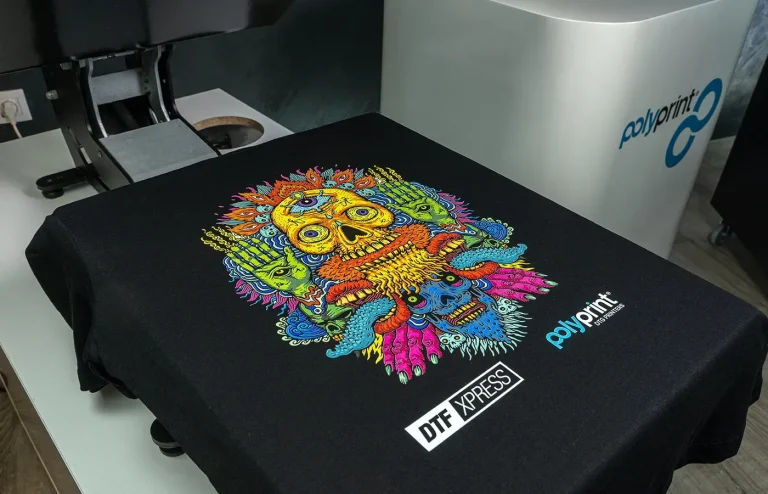DTF Technology: Innovations in Direct to Film Printing
In recent years, DTF technology, or Direct to Film printing, has emerged as a revolutionary force in the fabric printing sector. This innovative technique allows for the transfer of intricate designs onto various substrates, offering unmatched flexibility and vibrancy that captivates both businesses and consumers. As we venture into what many are calling the future of printing technology, we witness significant advancements that incorporate automated fabric printing, digital printing integration, and sustainable printing practices. These innovations not only enhance the quality of prints but also address crucial environmental concerns, ensuring the industry evolves in a responsible manner. With its growing application across multiple sectors, DTF technology is undoubtedly positioning itself at the forefront of modern textile printing.
Direct to Film (DTF) printing is rapidly gaining traction in creative and commercial industries as an efficient and versatile printing technique. Often regarded as a game-changer in the realm of fabric decoration, this process seamlessly transfers high-definition images onto diverse materials, broadening the horizons for designers and manufacturers alike. As this method continues to bridge traditional printing with cutting-edge digital practices, we can expect a wave of innovations that prioritize both functionality and sustainability in fabric production. From improved ink and automated systems to eco-friendly initiatives, the advancements in this field reflect a pivotal shift towards more conscientious printing methods. In this light, the evolution of DTF technology promises not only to enhance aesthetic appeal but also to contribute positively to environmental sustainability.
Understanding Direct to Film (DTF) Printing Technology
Direct to Film (DTF) printing technology is revolutionizing the fabric printing landscape. Unlike traditional methods, DTF printing uses a unique process where designs are first printed onto a special film before being transferred to various substrates. This method ensures that vibrant colors and high-resolution images are achieved with remarkable clarity and adherence. Not only does it provide flexibility for printing on different materials like cotton, polyester, and even nylon, but it also allows for intricate and detailed designs that are essential for modern apparel and merchandise.
The DTF process is beneficial for industries where customization is key, such as fashion and promotional products. Its ability to transfer durable prints that withstand wear and washing is a game-changer for both manufacturers and consumers. As we embrace advancements in DTF technology, the emphasis on quality and versatility will likely drive its adoption across diverse markets, paving the way for enhanced creative expressions in fabric printing.
Innovations in DTF Ink Formulations
The development of new ink formulations plays a vital role in enhancing the DTF printing process. Companies are prioritizing eco-friendly ingredients to produce inks that not only deliver high-quality results but also adhere to sustainable printing practices. For example, reputable brands like Epson and Mimaki have pioneered inks specifically engineered for DTF applications, which promote strong adhesion and vibrant color output while reducing the environmental impact typically associated with traditional solvent inks.
Furthermore, these innovative inks are designed to cater to the growing demand for sustainability within the printing industry. With increasing consumer awareness regarding environmental issues, manufacturers focusing on eco-conscious products can capture a wider audience. The fusion of quality, durability, and sustainability within DTF ink formulations is setting a new standard in the realm of automated fabric printing, appealing to both businesses and socially responsible consumers.
Automation and the Future of DTF Technology
The automation of DTF printing equipment marks a significant milestone towards revolutionizing production efficiency. By integrating advanced technologies such as robotics and artificial intelligence, manufacturers are able to streamline operations significantly. Faster printing speeds combined with high-resolution output not only enhance productivity but also reduce labor costs, making DTF a more accessible option for businesses of varying sizes.
The increasing reliance on automated fabric printing solutions signifies a broader trend across the printing industry. As DTF technology continues to evolve, the potential for expanded production capabilities becomes imminent. For instance, companies like Roland are at the forefront of creating sophisticated DTF machines that promise both efficiency and reliability. As automation reshapes the landscape, businesses can expect a more rapid response to market demands while also benefiting from improved quality control.
Digital Integration in DTF Technology
The integration of digital technologies with DTF printing is reshaping how businesses approach product customization. With advancements in digital workflows, manufacturers can now create bespoke prints that cater to consumer tastes swiftly and efficiently. This synergy between digital systems and DTF capabilities promotes the production of personalized merchandise, which is increasingly in demand, particularly in the fashion sector.
Through the utilization of digital integration, businesses are empowered to stay agile in a rapidly evolving market. The ability to offer tailored products not only boosts customer satisfaction but also fosters brand loyalty as consumers seek unique items that resonate with their individual styles. As DTF technology maintains this digital direction, stakeholders can expect significant growth and expansion in its market presence.
Sustainability Trends in DTF Printing
Sustainability has emerged as a core focus within the DTF printing industry, with manufacturers increasingly adopting practices aimed at reducing waste and environmental impact. The emergence of recycling initiatives and the establishment of closed-loop systems represent significant strides towards eco-friendly operations. Some DTF companies are exploring methods to reclaim and reuse materials used in the printing process, thus minimizing reliance on single-use plastics.
These sustainability efforts not only cater to a growing eco-conscious consumer base but also position DTF technology as a responsible choice for modern fabric printing. By prioritizing sustainable printing practices, manufacturers are not only enhancing their market appeal but also contributing to a broader movement towards environmentally friendly production methods. As the industry continues to evolve, the integration of sustainability within DTF practices could shape future innovations.
Market Expansion Opportunities for DTF Technology
The market for Direct to Film (DTF) printing technology is poised for unprecedented growth as it captures a larger share of the textile printing industry. With its cost efficiency, superior quality outputs, and rapid production capabilities, DTF is becoming the go-to option for many businesses. Analysis suggests positive trends for DTF, particularly in sectors such as fashion and personalized apparel, where customization and high-quality printing are crucial.
As more industries embrace DTF technology, the possibilities for new applications and products are limitless. This growing acceptance hints at a promising future where DTF not only leads the way in printing innovation but also adapts to evolving consumer preferences. Market expansion, fueled by advancements in DTF technology, underscores its significance in the landscape of digital printing integration, making it a critical component of future printing solutions.
Frequently Asked Questions
What is DTF technology and how does it work?
DTF technology, or Direct to Film printing, is a method of transferring designs onto a special film that is then applied to various fabrics using heat and pressure. This innovative printing technique is suitable for multiple materials, making it a versatile choice for industries like fashion and custom merchandise.
How does DTF printing contribute to sustainable printing practices?
DTF printing enhances sustainable printing practices by utilizing eco-friendly inks and minimizing waste. Many DTF manufacturers are adopting innovative recycling methods and closed-loop systems to reclaim materials. This focus on sustainability attracts eco-conscious consumers while reducing the environmental impact of traditional printing methods.
What are the latest innovations in DTF technology?
Recent innovations in DTF technology include improved ink formulations for vibrant colors and better adhesion, advanced automation for faster production speeds, and integration with digital printing technologies to allow for customized prints. These advancements are set to redefine the future of fabric printing.
Why is automation important in DTF technology?
Automation in DTF technology is crucial as it significantly increases productivity and efficiency. By using advanced sensors, robotics, and AI, manufacturing processes can achieve faster printing speeds while maintaining high-quality results, ultimately reducing labor costs for businesses.
How is DTF technology impacting the future of printing?
DTF technology is shaping the future of printing by redefining manufacturing capabilities and embracing digital integration. As businesses increasingly seek customized products, the demand for DTF printing is set to rise, leading to market expansion and broader applications in various sectors.
What markets are expected to grow due to DTF technology?
The DTF technology market is projected to grow significantly within the fashion and personalized products sectors. Its cost efficiency, high-quality outputs, and quick production capabilities have made it an attractive option for businesses looking to meet consumer demands for customization.
| Key Point | Details |
|---|---|
| Improved Ink Formulations | Advancements focus on eco-friendly inks that enhance print quality and support sustainability. |
| Automation and Speed | Automation in DTF machines boosts productivity with faster printing speeds and lower labor costs. |
| Integration with Digital Technologies | The combination of DTF with digital workflows allows customization of prints for individual consumer preferences. |
| Sustainability Initiatives | Efforts to reduce waste and implement recycling methods highlight the industry’s commitment to eco-friendly practices. |
| Market Expansion | The DTF market is growing rapidly, particularly in fashion and personalized apparel sectors due to its efficiency and quality. |
Summary
DTF Technology is transforming the landscape of fabric printing with innovative advancements and sustainable practices. As the industry evolves, the focus on developing eco-friendly inks, automation, digital integration, and market expansion signifies a promising future for DTF. With its ability to produce vibrant, high-quality designs on various fabrics, DTF technology not only appeals to manufacturers but also resonates with consumers increasingly inclined towards personalized, sustainable products. This genre of printing is paving the way for significant growth and adaptation in modern textile applications, making it a pivotal player in the fabric printing industry.







